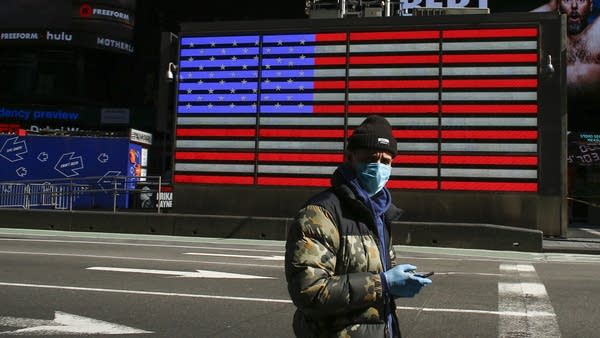Nail salon industry faces COVID-19 challenges as economies reopen
The owners, who employ many Asian immigrant workers, face mounting costs and fewer customers as they try to keep their doors open.

Among small businesses struggling during the COVID-19 pandemic: the nail salon industry. The $8 billion mom-and-pop industry is often staffed by Asian immigrant workers from places like Vietnam, Korea, China, Nepal and Tibet. As salons have reopened, owners are facing new challenges.
Mai Duong is the co-owner of Mod Nail Lounge in Dallas. In an Instagram video, she shows one of the cleaning procedures she is taking since opening her doors again. But all this has meant more work.
“It has been a huge challenge. Just trying to reopen and following all [Centers for Disease Control and Prevention] guidelines has been a setback as well,” Duong said.

Duong’s nail salon was shut down for two months. As she’s reopened, her clientele has come back slowly. She said it’s now around 40% of what it used to be. But her costs have increased by $600 a month just for cleaning supplies.
The nail salon industry has been particularly hard hit by the pandemic, said Saba Waheed, research director for the UCLA Labor Center. The industry supports many Asian female immigrants.
“They’re mothers and daughters and immigrant women, and they depend on this livelihood, and for basically the salons to have shut down as quickly as they did, most of these workers didn’t have the recourse,” she said.

Waheed said the industry already had low profit margins and will need to charge customers more.
“People generally are paying very little for the kind of service they were getting,” she said.
The UCLA Labor Center found many of the employees in the nail salon business earn low wages — roughly $9 an hour. And it found that only 42% of workers receive health insurance through their employers.
Duong said she’s increased the price of certain services. “So we brought it $3 up for every pedicure because all prices went up.”
She said she hopes that will be enough to keep her doors open.







